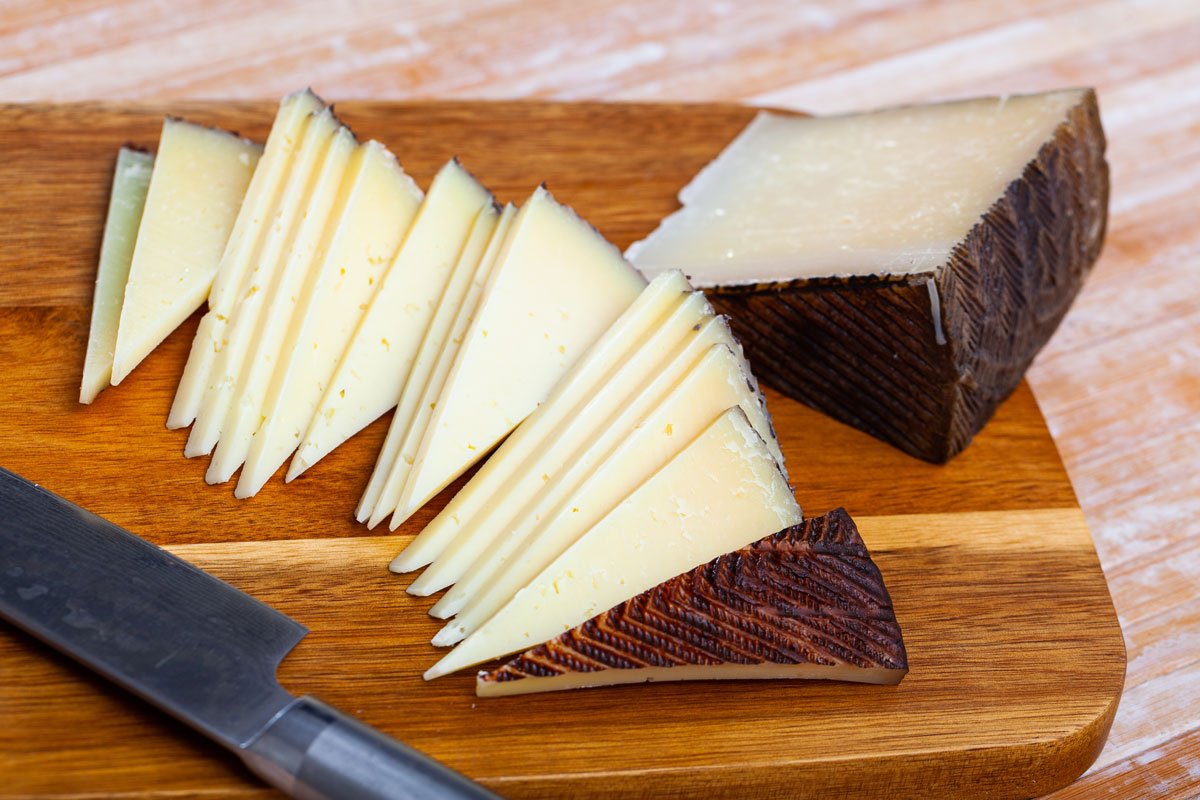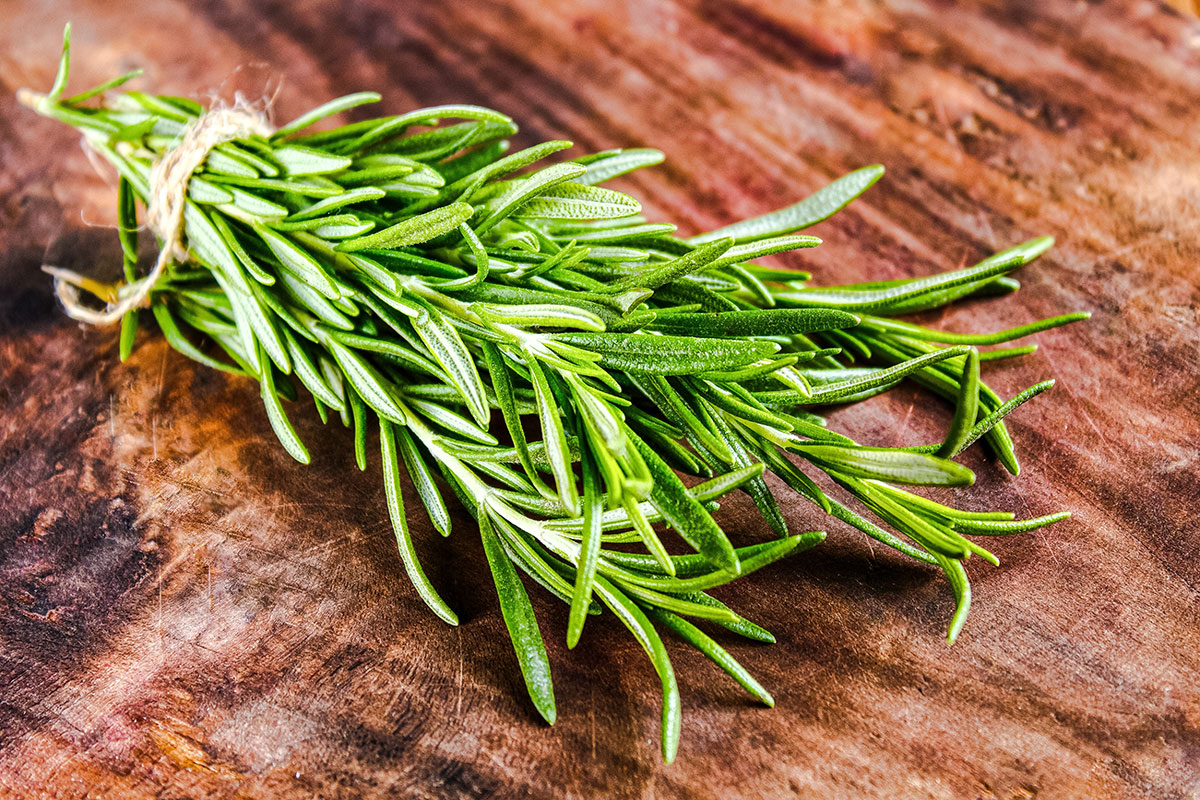Gourmet Grilled Cheese Recipe, Spotlight on Cheese, A Screening Test for Former Smokers plus More Evidence That Activity Is Good Medicine
Sometimes you just need comfort food, and who doesn’t love a gooey grilled cheese sandwich? My recipe takes this favorite to the next level with a blend of flavorful cheeses and the spiciness of fresh-pressed olive oil. This edition of the newsletter also details a screening test that former smokers might not realize they need, plus new research on how exercise can help reduce the risk for five serious health conditions.
Gourmet Grilled Cheese
 Gourmet Grilled Cheese
Gourmet Grilled CheeseForget the white bread and American cheese. My version calls for three or four types of cheese—feel free to choose your own favorites—and slices of a crusty loaf enhanced with olive oil for another layer of flavor. I like to cut each sandwich into four lengths and artfully stack them on a plate for an elegant presentation. The following ingredients are for two sandwiches; multiply quantities as desired.
Ingredients
- 4 slices of crusty artisanal bread
- 8 ounces assorted cheeses, such as mozzarella, gruyere, Manchego, and cheddar, thinly sliced
- Extra virgin olive oil
Directions
Step 1
Heat a griddle, preferably cast iron, over medium-high heat while you assemble the sandwiches. Place the bread on a cutting board or platter and drizzle it with olive oil. Stack equal amounts of cheese on two of the slices, then top with the remaining bread. Drizzle both outer surfaces with olive oil.
Step 2
When the griddle is ready, drizzle it with olive oil and add the sandwiches. Let them cook for 5 minutes over medium heat, pressing them down occasionally with a metal spatula. Flip the sandwiches and continue cooking until the cheese is fully melted.
Step 3
Transfer the sandwiches back to your cutting board and cut them into fourths before serving.
Yields 2 generous servings

Healthy Ingredient Spotlight
Olive Oil for the Griddle
In addition to its wonderful flavor, olive oil is great for cooking with a stovetop griddle, especially cast iron, which conducts heat well. Contrary to popular thinking, it has a high smoke point and helps create that crispy outer texture we love in grilled sandwiches. If you see burned spots on your sandwich, chances are the griddle wasn’t preheated properly. Here’s how: Place your dry griddle across two burners and heat it on medium heat for 10 minutes. To get a nice sear on bread, raise the heat to medium-high for 3 minutes. When a drop of water sizzles, it’s ready. Now you can drizzle the hot griddle with olive oil and get cooking.
Reminder: Be gentle with cast-iron griddle cleanup. Once it’s completely cool, use paper towels to wipe it down. Move it to the sink and wash it using only hot water and a soft-bristle brush or a sponge. Dry it thoroughly to discourage any rust from forming.

Quick Kitchen Nugget
Slicing Cheese

While you always want to serve cheese at room temperature to appreciate its flavor, for easy-peasy cheese slicing or shredding, whether to set up a charcuterie board or for a sandwich, slice it when it’s cold, right out of the fridge. To prevent plated sliced cheese from drying out, always cover it until serving time.

For Your Best Health
A Screening Test for Former Smokers
Most people know that smoking increases the risks for atherosclerosis (hardening of the arteries) and heart attack, but there are other heart threats that are not as well-known, like having an abdominal aortic aneurysm, a bulge in a blood vessel weakened by the effects of smoking.
Experts at the UChicago Medicine Center for Aortic Diseases explain that there are two ways in which smoking damages blood vessels: blockages that reduce how much oxygen and blood reach tissues, and aneurysms, when a blood vessel weakens and develops a bulge. The aorta is the body’s largest blood vessel, and it runs through the center of the chest and abdomen. When the bulge occurs in the lower part of the aorta, it’s called an abdominal aortic aneurysm. If it keeps growing, it can burst, leading to potentially fatal internal bleeding. Most aneurysms grow slowly and don’t cause any noticeable signs or symptoms along the way (some people experience indigestion) until they rupture, when sudden intense back or abdominal pain can be a sign.
It’s unclear how much smoking puts you at risk for an aortic aneurysm, but the risk increases the longer and the more often you use tobacco. Men over age 65 are especially vulnerable. Quitting can’t reverse an existing aneurysm (it does help prevent more damage to your body, of course), and that’s why the US Preventive Services Task Force recommends a one-time ultrasound test for men between the ages of 65 and 75 who smoke or who have ever smoked. This way, your doctor can find any aneurysm in its earliest stage, when it can be monitored if small or, if already large, be treated. The task force did not find conclusive evidence that female smokers should be screened, but no matter what population group you’re in, if you smoke or used to, talk to your doctor about your unique health circumstances and whether this test is right for you.

Fitness Flash
More Evidence That Activity Is Good Medicine

People who get moderate-to-vigorous physical activity may be less likely to develop dementia, stroke, anxiety, depression, and sleep disorders, according to a preliminary study presented at the American Academy of Neurology’s 77th Annual Meeting. The study also found that the more time people spent sitting, the more likely they were to develop one of these diseases.
“This research highlights the role of physical activity and sedentary behavior as modifiable factors that may enhance brain health and reduce the incidence of these diseases,” said study author Jia-Yi Wu, MD, of Fudan University in Shanghai, China. “It is promising to think that encouraging people to make these lifestyle changes could potentially lessen the burden of these diseases in the future.”
From a large United Kingdom database, researchers looked at data from 73,411 people with an average age of 56 who wore accelerometer devices continuously for seven days to measure their physical activity, how much energy they used on their activities, and how much time they spent sitting each day. A measurement system called metabolic equivalents (METs) was used to quantify energy expenditure. Moderate-to-vigorous physical activity was defined as activities with an energy expenditure of at least three METs, such as walking or cleaning, and more-intense exercises, like cycling, with around six METs, depending on speed.
People who had a moderate-to-vigorous physical activity energy expenditure were 14% to 40% less likely to develop the five diseases than those who had lower energy expenditure, depending on how active they were. The more time people spent sitting, the higher their risk of developing one of the diseases, with the increase ranging from 5% to 54% higher than among those who spent the least amount of time sitting.
“Some previous studies have relied on people reporting on their own levels of activity,” Dr. Wu said. “With our large number of participants and the use of devices that provide objective measurements of activity levels, these results will have implications for assessing risk factors and developing interventions to prevent the development of these diseases.”
Get More Recipes In Your Inbox!


